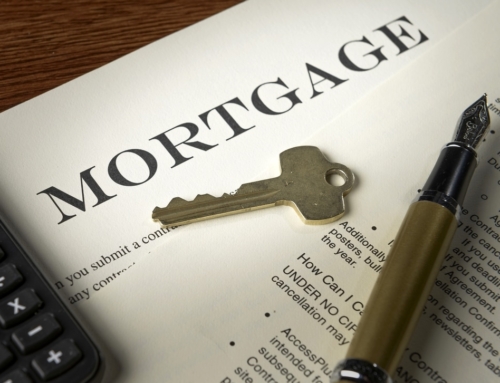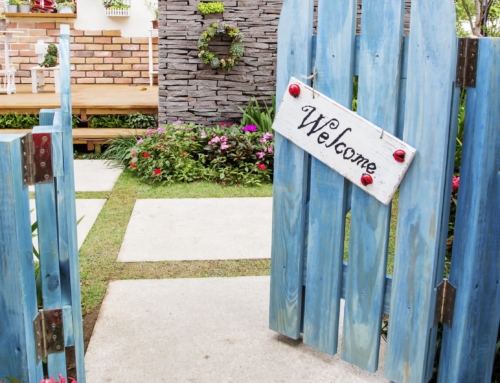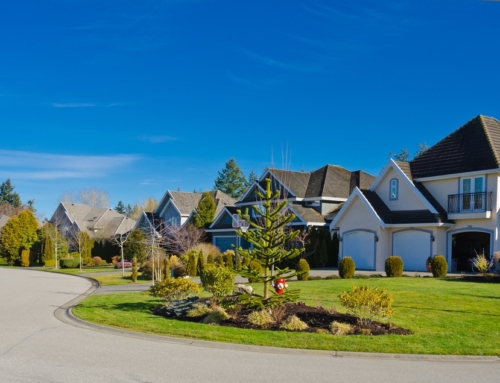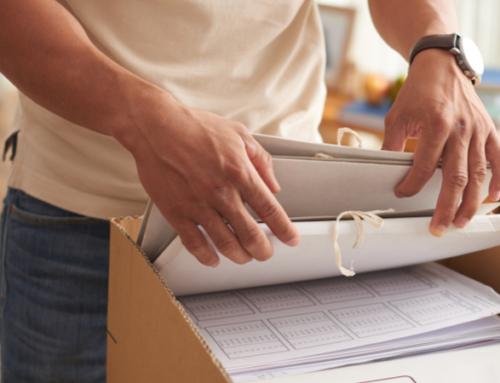These days, the question isn’t how much you need to put down in cash on a property — but how little.
The answer depends on how much cash you have on hand, how big a loan you can qualify for, and how desperate the seller is.
While developers have recently shown new flexibility when it comes to the size of a down payment, they still expect buyers to put down something. If you’re buying off the plans, developers may ask buyers to put down anywhere from 5 to 20 percent of the purchase price in cash.
Why? The more you put down in cash when you sign the contract, the less likely you’ll walk away from the home before closing. And these days, plenty of buyers are walking away from new construction property that in today’s market looks to be worth less than the day they signed the contract.
But with a glut of new construction condominiums, townhomes and single family houses on the market, buyers are pushing back on the size of the down payment, and developers are acquiescing to their demands.
The more units a developer has for sale, the more flexibility there will be on the size of the down payment. Not only that, but developers in some areas are offering to either throw in upgrades for free or will allow buyers to finance them rather than paying for them upfront in cash.
When it comes to buying an existing home, sellers like earnest money as much as anyone.
But when you deliver your offer to purchase, you may not need to attach more than a check for $1,000 or a fraction of a percent of the purchase price to show that you’re interested in the property.
Of course your agent (not to mention the seller’s agent) may push you to include a bigger earnest money check. But that may not be in your best interest. The only reason to write a bigger earnest money check is when other buyers are hovering around the property or have made an offer — and you want to show the seller you mean business.
While earnest money checks have everything to do with the seller, they don’t have too much to do with your mortgage company. Here, the decision on how much to put down will depend on how much cash you have on hand, how good your credit score is, and how much of a mortgage you can qualify to carry.
If you put down at least 20 percent on your property, you will not need to pay for private mortgage insurance (PMI), which can cost between $40 to $65 per month (or more, depending on your credit score) for every $100,000 in the purchase price. (Under new IRS rules, that premium may be deductible if you and your spouse earn less than $100,000 per year.)
You can avoid PMI by taking out an 80/10/10 (or an 80/15/5), also known as a piggy-back mortgage. The idea is to get a first mortgage that is 80 percent of the purchase price, thus eliminating the need for private mortgage insurance. You get a second mortgage for 10 or 15 percent of the purchase price and put down the rest in cash.
As the subprime loan market has faltered, zero down loans have become nearly impossible to get. While that may change, FHA loans (part of the Federal Housing Administration) are becoming a more popular choice.
FHA loans offer an option to put just 3 percent down on a property, and that 3 percent can be a gift from a family member, employer or charitable organization. They’re designed for people with less than perfect credit, and allow expanded debt-to-income ratios than conventional lenders — at a lower interest rate and with fewer fees and onerous restrictions than a subprime loan.
For more information about FHA loans, or to find a housing counselor affiliated with the Department of Housing and Urban Development, go to HUD’s website (www.hud.gov) and click on the “buying” link.
Finally, VA loans, which are backed and administered by the Veterans Administration and are available only to qualified veterans of the armed services, have a zero-down option.
While you can choose the VA’s zero-down option, you’ll pay less in fees if you choose to put down at least 5 percent of the purchase price. Find out more at www.VA.gov.






Leave A Comment